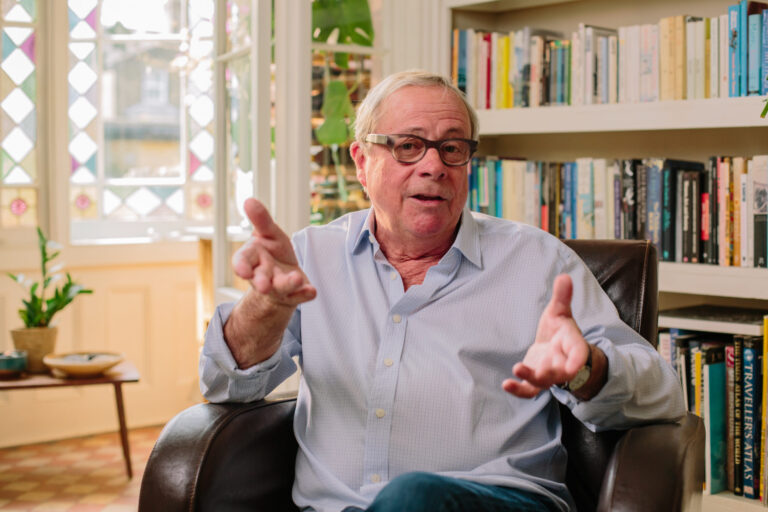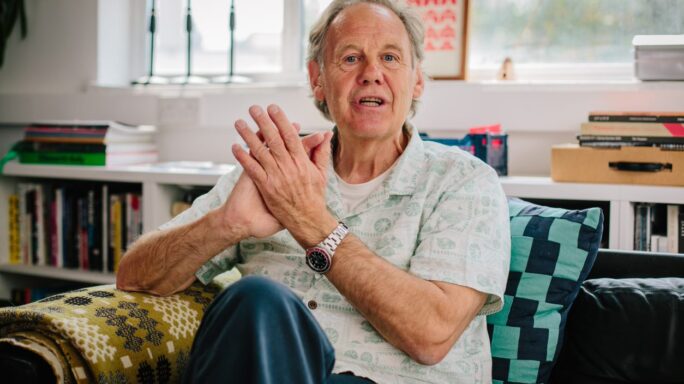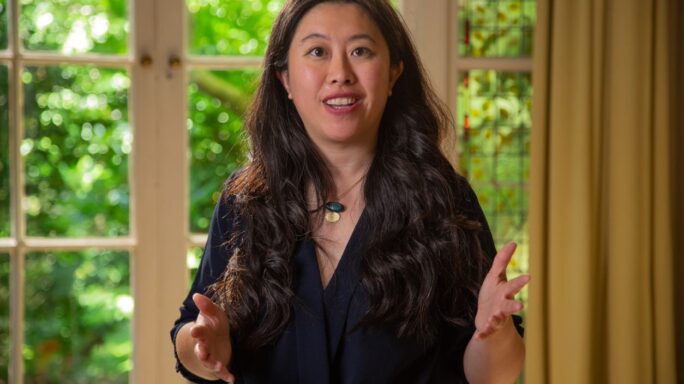Season 2: Unlocking productivity
Doing less to achieve more

When we talk about “productivity” the focus is on the quantity of the output, rather than the quality of what we produce. It’s about more, more, more. But this approach isn’t sustainable. Not only does our work begin to suffer as we miss deadlines and forget to reply to emails, but so too does our health and wellbeing.
As someone who coaches high-performing individuals who are already focused, driven and love a challenge, I often advise them to “do less, to achieve more”. To value quality over quantity.
Refine your targets
For example, as a writer, I could set myself a target of writing four books in one year. But let’s face it, it’s likely that those books won’t be very good—and I wouldn’t have much of a life beyond the writing! However, if I spend the whole year writing and perfecting one book, it’s more likely the book will be much better—and I still get to see family and friends. Win win. So, the volume that I have produced is less but the outcome of writing one brilliant book, rather than four average ones, is that it will have a longer shelf life and be read by more people. I will have achieved far more.
We need to prioritise what is most important and impactful. To say no to distractions and be realistic about our own ability and time available.
Protect your (limited) time and energy
Time and energy are both finite resources. For productivity to be sustainable, we have to prioritise the most important thing, eliminate distractions and communicate and set boundaries with others. That’s when we’ve achieved a more sustainable approach to our productivity and wellbeing. So how can we go about this?
The importance of “white space”
I developed the concept of white space when I realised that I needed to have time in my diary that was just, blank. For so many of us every hour is accounted for and if there is any space, there is such a strong temptation to fill it productively—reading, running, listening to a podcast! But my idea of white space is having an hour (or more) that can’t be filled with anything. And trust me when I say it’s harder than it sounds! It’s super easy to let things flow in: work prep, emails, so you have to be strict.
I learned first-hand how important it is and what a difference it can make. Having time that isn’t “accounted for” is essential for creativity, new ideas, spontaneity (remember that?!). So, when the time comes, ask yourself, “How do I actually feel?” then design your white space accordingly with no guilt or feelings of obligation. You may choose to go for a walk, it doesn’t matter, what’s important is that you’re open to something that isn’t pre-planned.
As psychotherapist Esther Perel said, it’s not human nature to be limited, we crave new things and experiences. So, break the pattern. As an example, I may have a super busy Monday-Wednesday but on Thursday morning I’ll block out two hours of “white space”. Simply knowing I don’t need to do anything is truly liberating.
Productivity in the hybrid world
When work and life is blended it can be difficult to know what to focus on and how to set the necessary boundaries. However, work from anywhere doesn’t mean work from everywhere.
We need a new set of rules to help us adapt to this “always on” culture.
adrienne herbert
Start communicating about this with the people you work with. Don’t be scared to say, “I’m working on a project from 9-11am and not available for emails or Slack messages”. Set boundaries so that if you work a 4-day week with Friday as your day off, make sure you don’t reply to messages until Monday. The same goes for emails that arrive in the evening. If you happen to be online, you could draft a reply but don’t send it until the morning. Not only will this allow you to read it over with fresh eyes, but you’re reinforcing the idea that you weren’t available at the time they sent it.
So, learn to say you’re not available, schedule-send emails (also so you’re not the one emailing people in the evening). You may be surprised at how quickly people adapt. No-one wants to be working 24/7. Remember, free time is not availability.
Create that white space
So why not have a go? Block out some white space in your diary and make it non-negotiable. If you have a shared diary, block as a “hold”—you don’t need to give a reason. Then when the time comes, avoid the temptation to allow things to overflow into that time—life admin, errands, putting a wash on. See how you feel but consider leaving your phone and going outside; go to the coffee shop and wander around; read a magazine or simply stay home and lie on your back. It sounds simple but even leaving the house without a phone can be panic-inducing for some of my clients! But remember, you don’t need to be at everyone’s beck and call all the time. I mean, if everyone did this, imagine how much calmer our world might be?
Redefine “normal”
How can you show up with your best energy if you’re constantly exhausted? Burnout is real and can simmer quietly for months. It shows up as a lack of purpose, a disconnect between yourself and your work, being disengaged and not caring about tasks, projects, clients. Remember, it’s not normal to be on Zoom all day then catching up on emails in the evening.
Start to put things in place to better manage your time and availability. Have a conversation with your manager about when you are/aren’t available. Don’t confuse your free time with being available. Create some white space! I guarantee you will become more focused with a renewed sense of purpose and far greater productivity.





Leave a comment